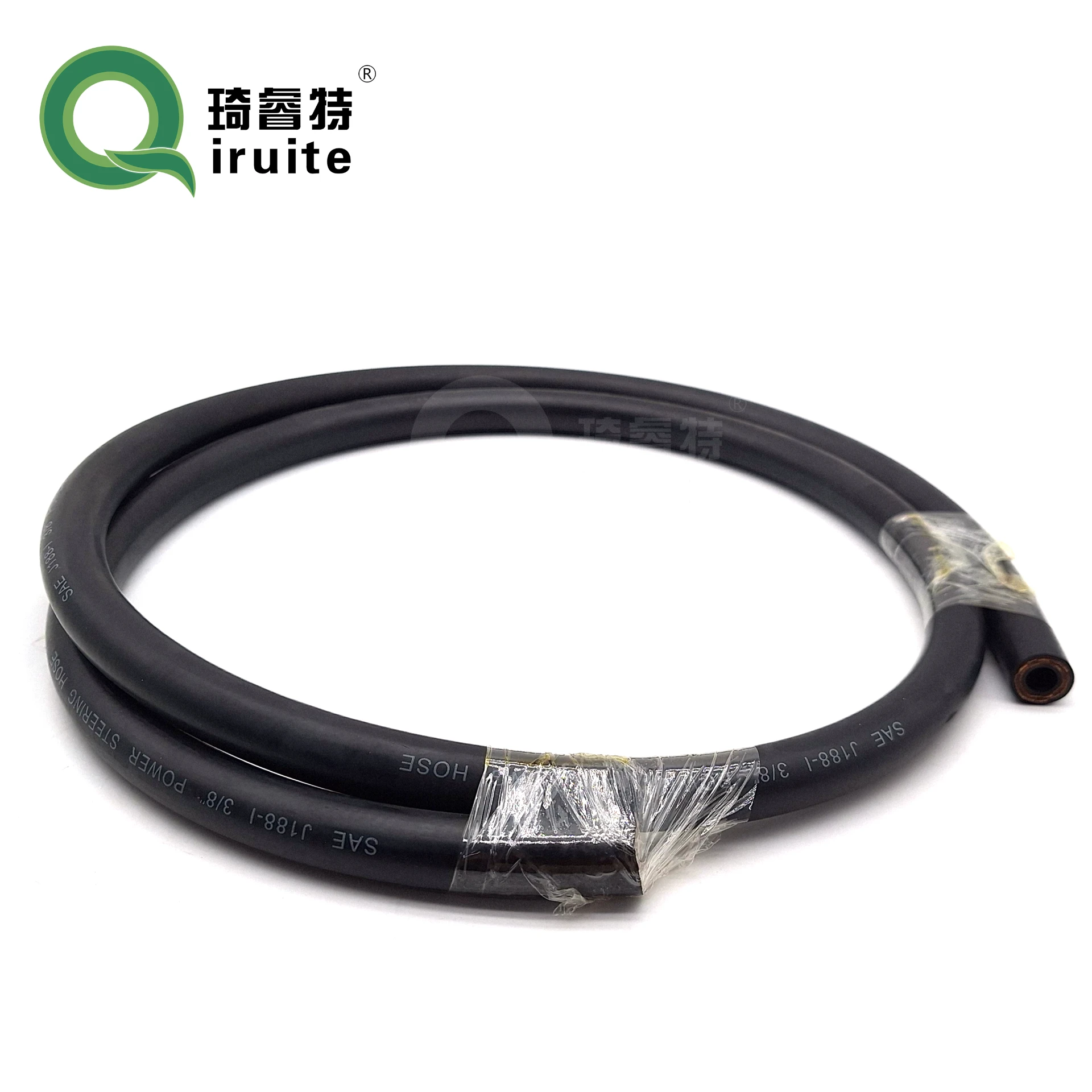auto air conditioning hose repair
Understanding Auto Air Conditioning Hose Repair
Auto air conditioning systems are essential for maintaining comfort in vehicles, especially during hot summer months. One critical component of these systems is the air conditioning hose, which allows refrigerant to circulate throughout the system. Over time, however, these hoses can develop leaks, cracks, or other issues that can impair the performance of the air conditioning system. Understanding the signs of a failing hose, how to repair it, and the importance of proper maintenance can keep your vehicle’s A/C running smoothly.
Signs of a Failing Air Conditioning Hose
Recognizing the symptoms of a deteriorating air conditioning hose is crucial for timely repairs. The most common sign of a problem is a noticeable reduction in cooling efficiency. If you find that your car's A/C is not blowing cold air or is only mildly cool, it could be due to a refrigerant leak caused by a damaged hose.
Additionally, you may detect signs of refrigerant leakage, such as oily stains or puddles near the hoses. A hissing or bubbling sound while the A/C is running may also indicate escaping refrigerant, which often signals a compromised hose. In some cases, the air conditioning compressor may engage and disengage erratically, indicating an issue with the refrigerant flow, potentially caused by a faulty hose.
Repairing the Air Conditioning Hose
When it comes to repairing air conditioning hoses, there are several options available depending on the extent of the damage. For minor leaks, using a specialized sealant might provide a temporary fix. These products are designed to seal small cracks or holes in the hose, allowing the A/C system to function for a short period. However, this is not a long-term solution and should be followed up with a more permanent repair.
auto air conditioning hose repair

For more serious damage, such as significant cracks or severe wear, replacing the hose is necessary. This process typically involves disconnecting the old hose from the A/C system, which may require specific tools and safety precautions. It is crucial to ensure that the system is depressurized and that you are wearing appropriate safety gear during the replacement process.
After removing the damaged hose, a new hose should be installed in its place. When purchasing a replacement, make sure to use a hose that meets or exceeds OEM specifications for your vehicle. Replacing the hose correctly is crucial, as improper installation can lead to further leaks or system malfunction.
Importance of Regular Maintenance
To prevent air conditioning hose failures, regular maintenance is key. Routine checks of your A/C system can help identify problems before they escalate. Inspecting hoses for signs of wear, such as cracking or stiffness, can allow for proactive replacements. Additionally, ensure that the refrigerant levels are checked regularly, as low refrigerant may suggest a leak in the system.
Another maintenance tip is to keep the A/C system clean. Dirt and debris can accumulate over time, leading to corrosion or damage to the hoses. Using a car air conditioning cleaner can help keep these components in good condition.
Conclusion
In conclusion, the air conditioning hose is a vital part of your vehicle’s cooling system. By recognizing the signs of wear and knowing how to repair or replace these hoses, drivers can maintain a comfortable climate in their vehicles. Regular maintenance not only extends the life of the A/C system but also ensures optimal performance during the hottest months. Always consult a professional mechanic if you are unsure about the condition of your vehicle's air conditioning system or if you need assistance with repairs. Maintaining an efficient air conditioning system will keep your rides cool and comfortable for years to come.
-
Ultimate Spiral Protection for Hoses & CablesNewsJun.26,2025
-
The Ultimate Quick-Connect Solutions for Every NeedNewsJun.26,2025
-
SAE J1401 Brake Hose: Reliable Choice for Safe BrakingNewsJun.26,2025
-
Reliable J2064 A/C Hoses for Real-World Cooling NeedsNewsJun.26,2025
-
Heavy-Duty Sewer Jetting Hoses Built to LastNewsJun.26,2025
-
Fix Power Steering Tube Leaks Fast – Durable & Affordable SolutionNewsJun.26,2025

